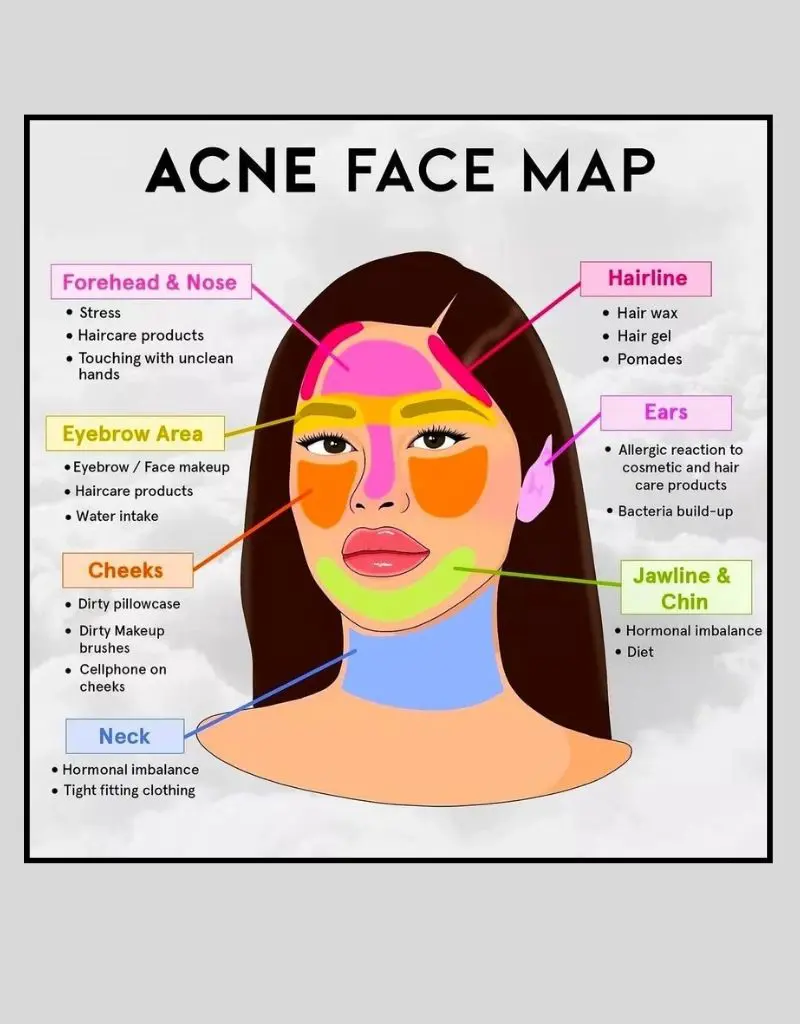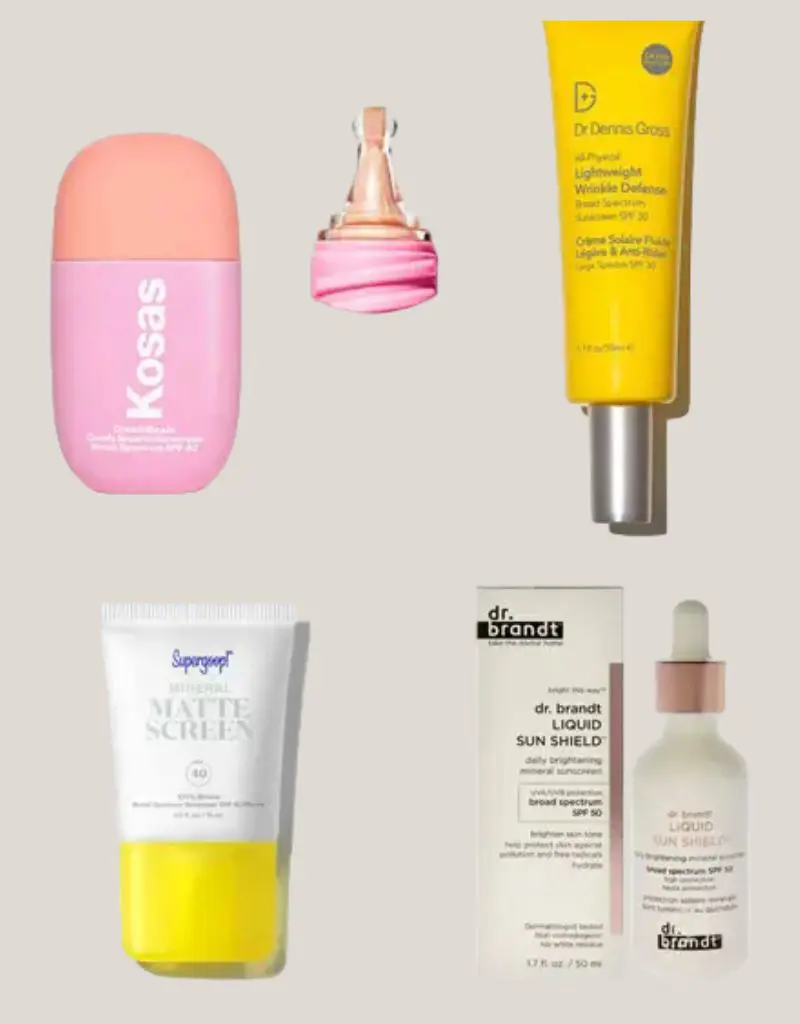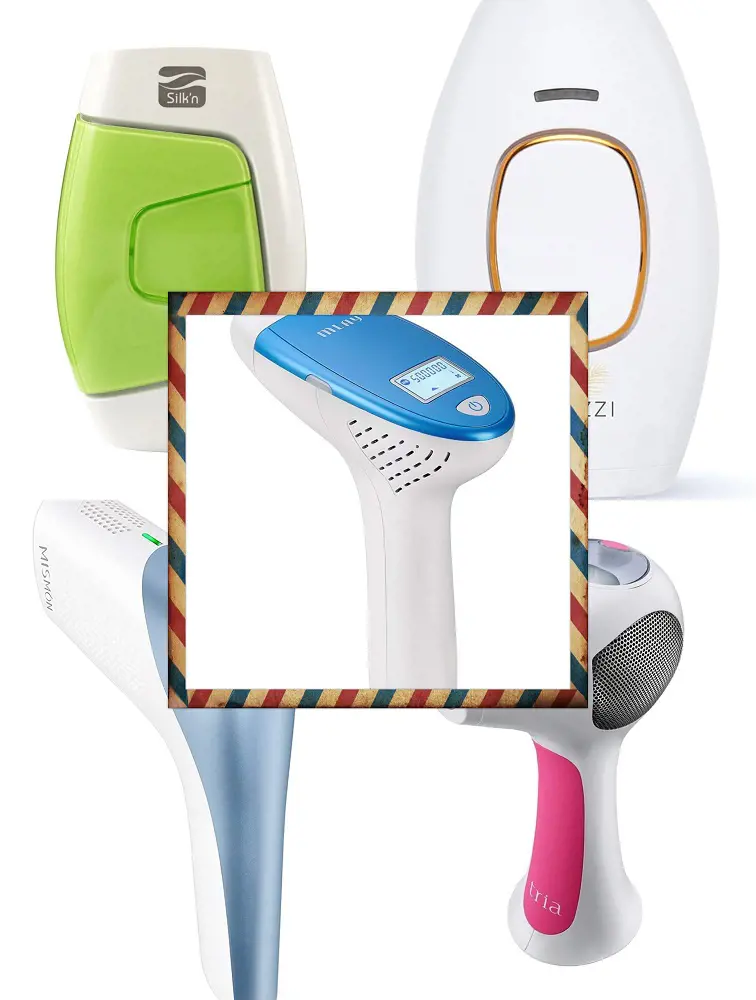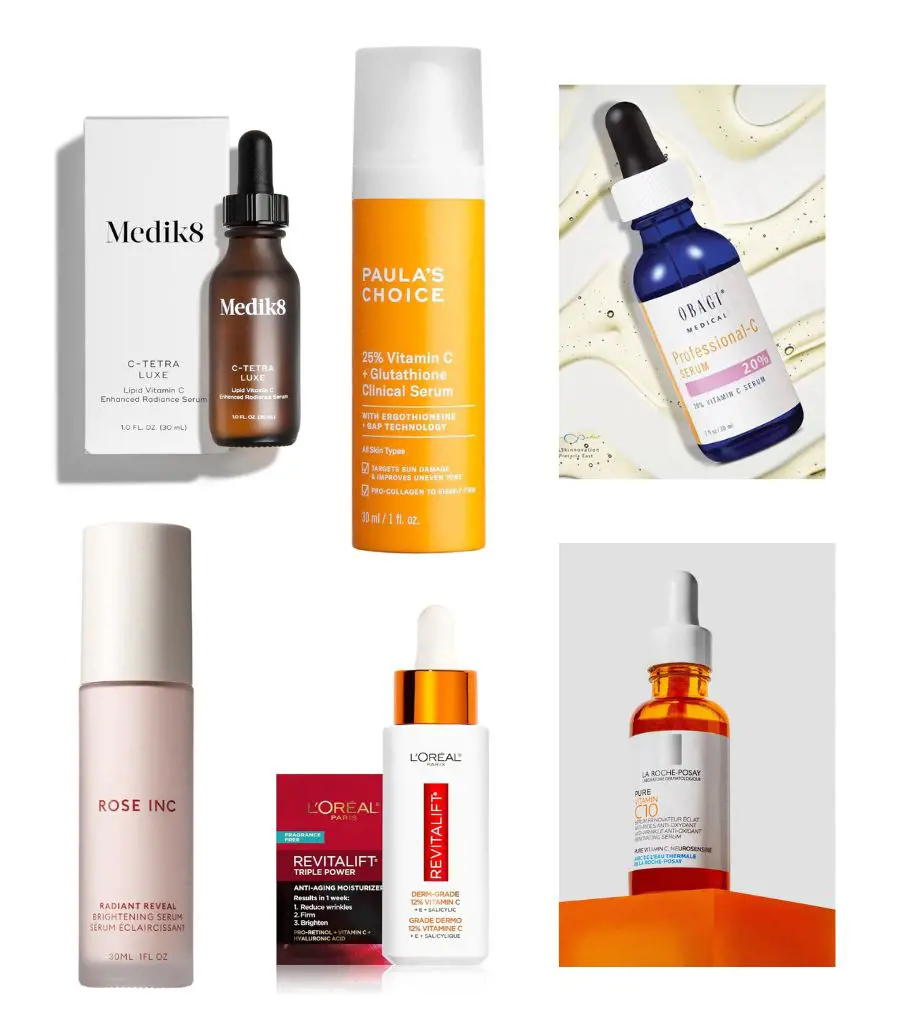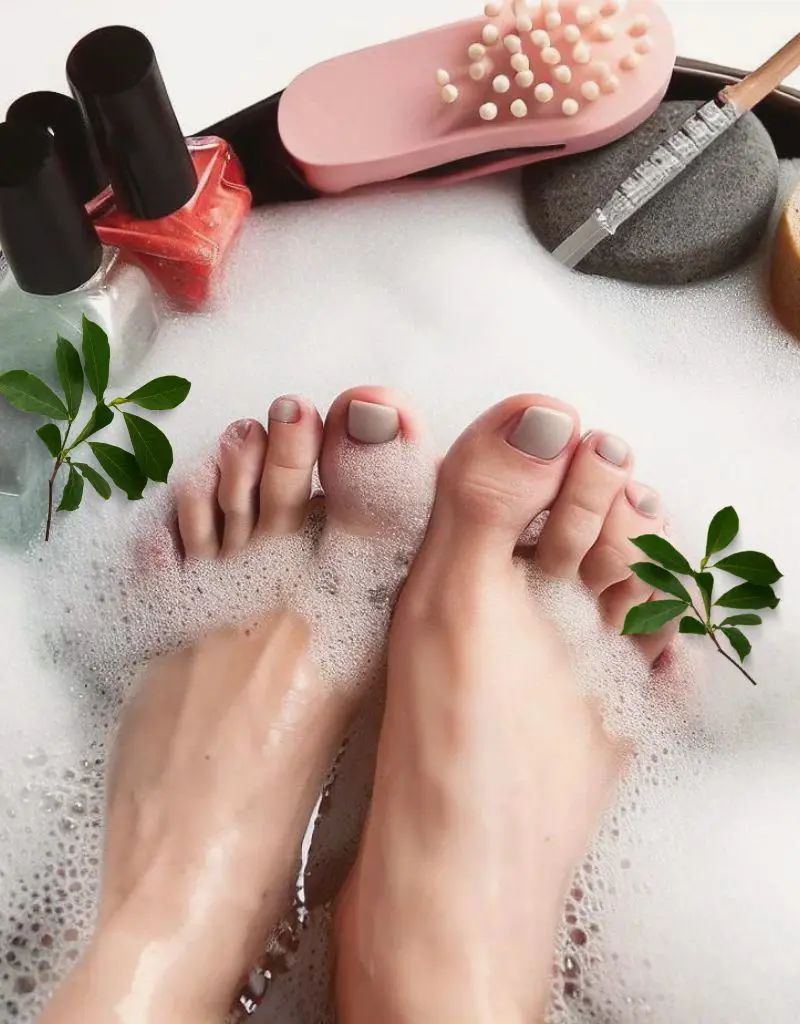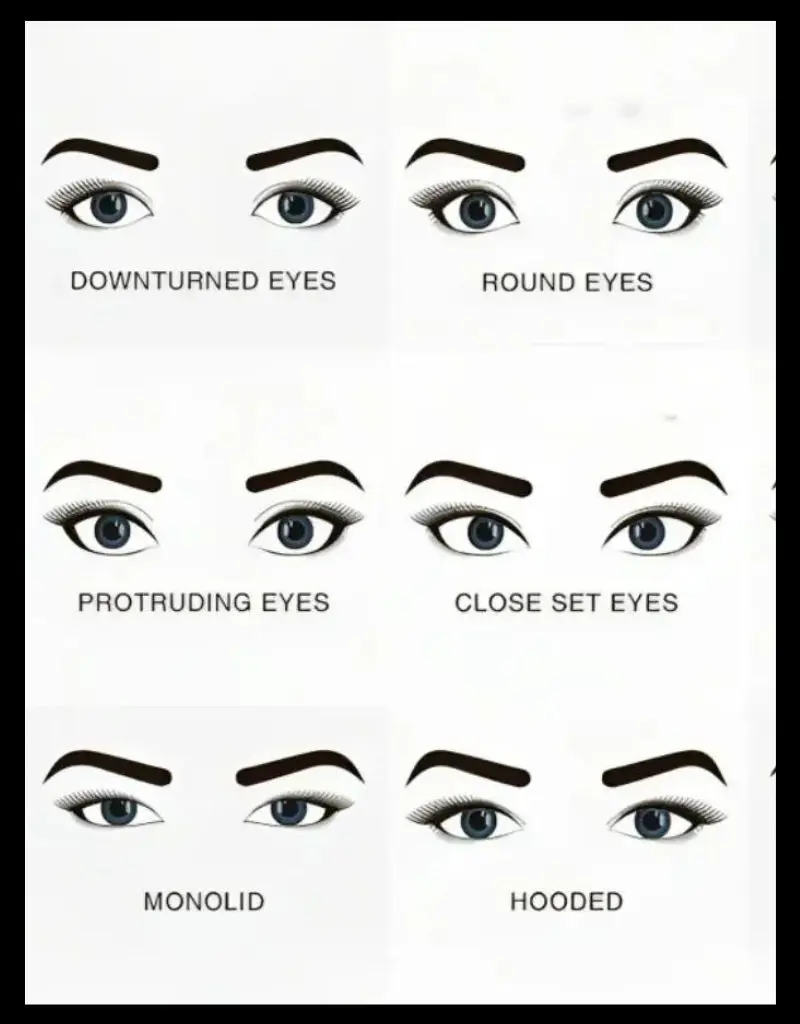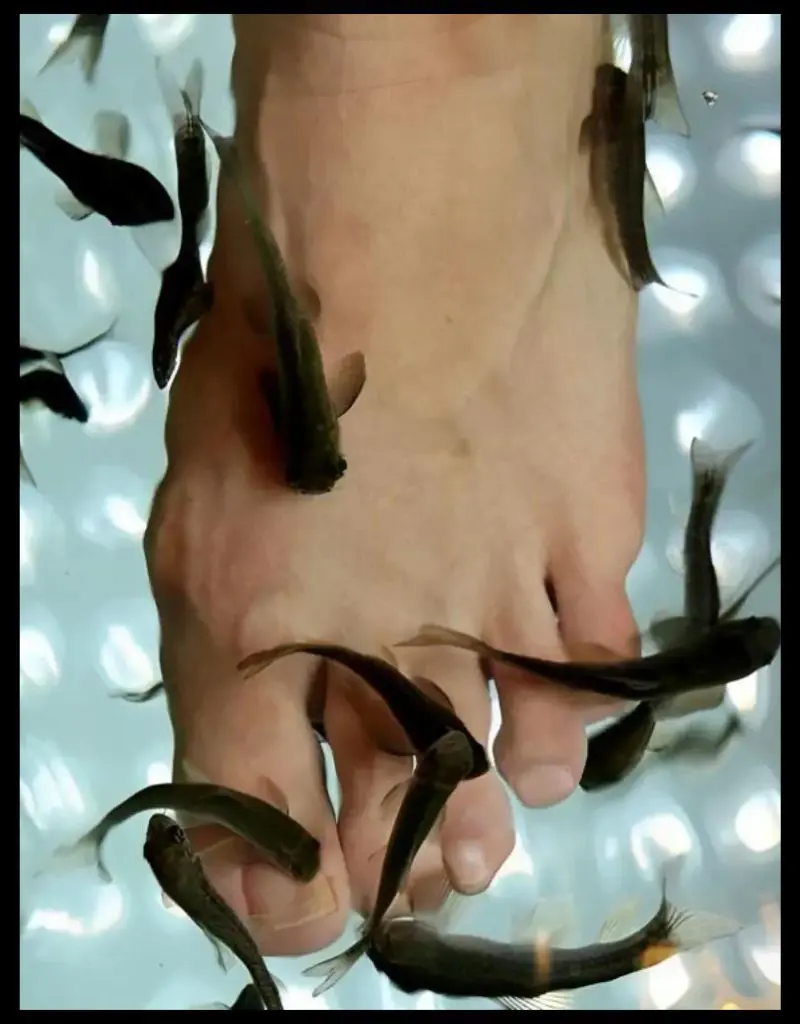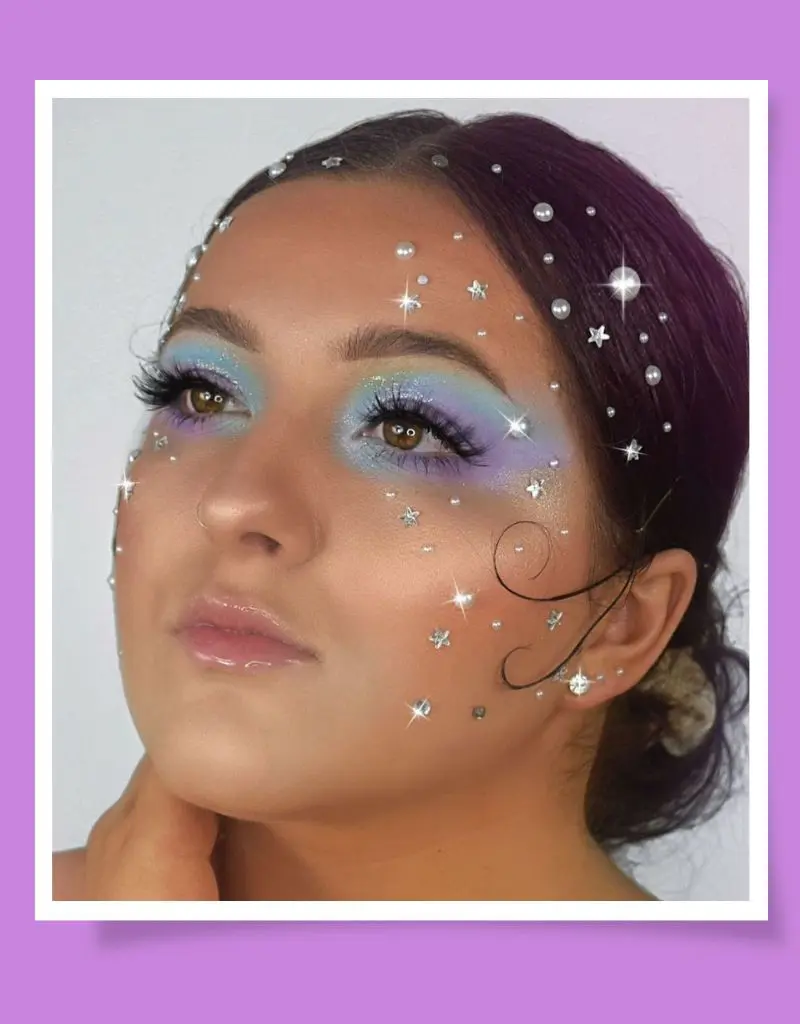Address root causes for clearer skin using the acne face map that has been in use in traditional Chinese medicine and Ayurveda to diagnose and treat various health conditions from centuries.
By learning the hidden meaning behind the location of your acne, you can gain valuable insights into your overall health and make decisions to take measures to address any underlying issues. However, it is important to note that the face mapping should be used as a complementary tool rather than a substitute for professional medical advice or treatment.
1. Acne on Forehead & Hairline
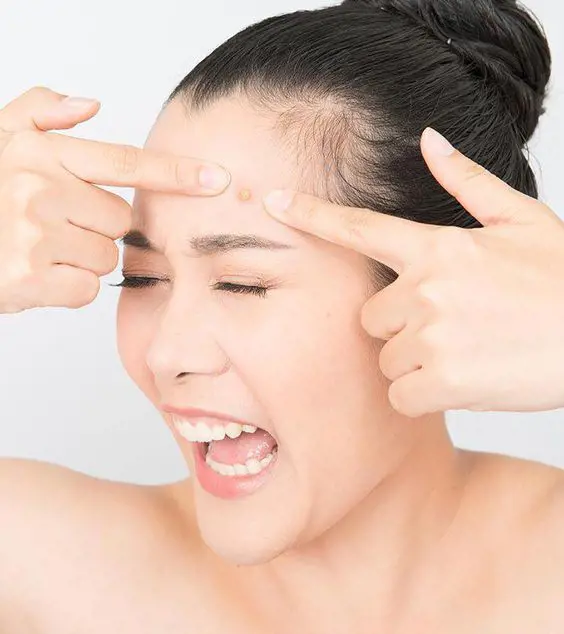
The main credit for acne or breakout on forehead goes to undetected digestive issue which causes excess oil production, clogged pores, and bacterial growth. Similarly, factors such as hormonal changes, stress, poor skincare routine, and certain hair and skin products can contribute to these issues.
Additionally, wearing tight hats or headbands, as well as constantly touching or rubbing the forehead, can worsen the condition.
Treatment For Forehead Acne
For forehead bumps treatment, it is important to maintain a consistent skincare routine including gentle cleansing, exfoliating, and using products containing ingredients like salicylic acid or benzoyl peroxide.
How To Get Rid Of Forehead Acne?
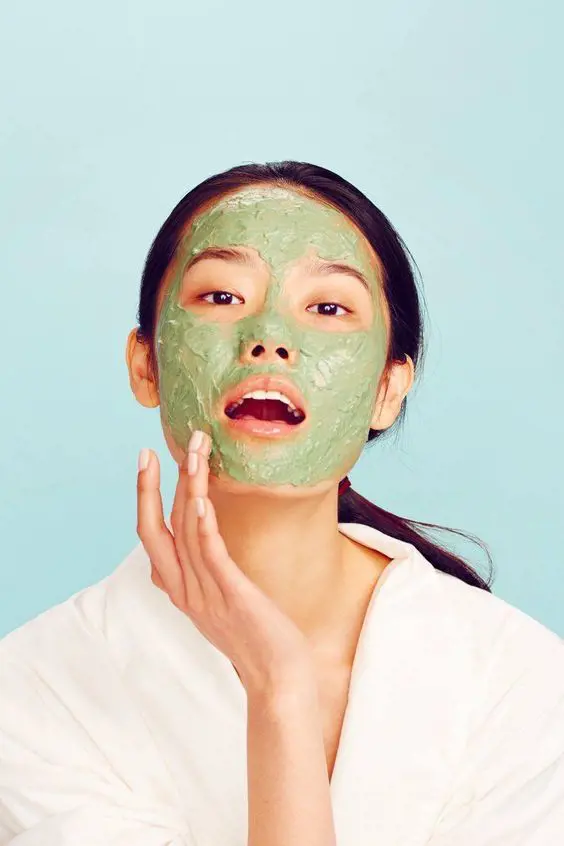
Prevention further breakouts, pimples or acne involves the follwoing steps-
- Avoiding touching or picking at the affected area
- Keeping hair clean and away from the forehead
- Avoiding oil-based cosmetics
- Maintaining a healthy diet
- Managing stress levels
- Staying hydrated
2. Acne On Cheeks
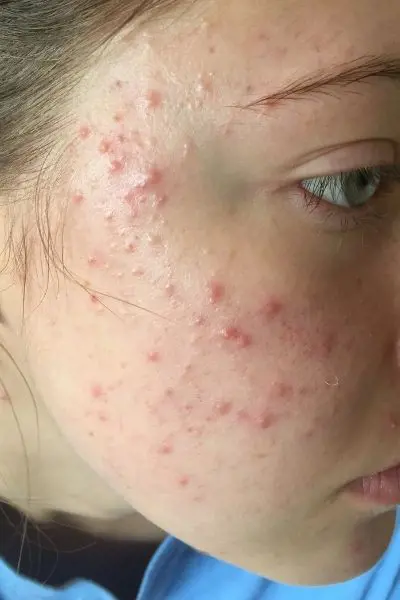
Are you wondering what causes acne on cheeks?? Well the root cause for acne on your cheeks varies from person to person. However, the condition is commonly associated with respiratory problems.
Furthermore, it is also connected with excess production of facial oils that leads to clogged pores, bacteria, and hormonal imbalances. In fact, genetics, stress, diet, and certain medications can also contribute to the development of the condition.
How To Treat Acne On Cheeks?
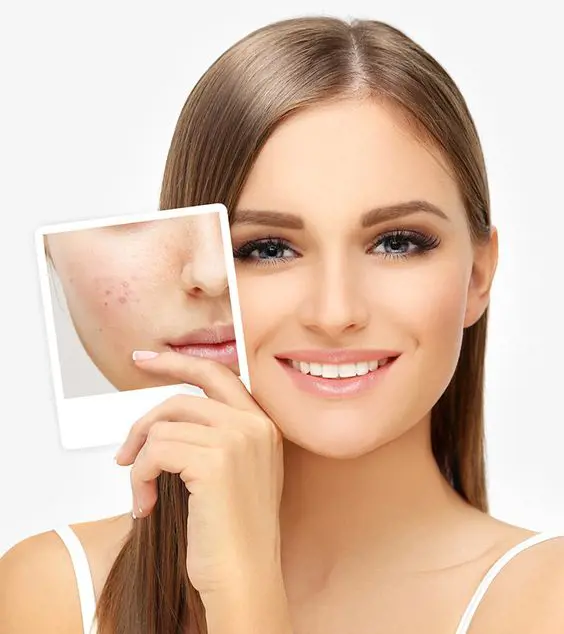
Treating pimples and breakouts involves a combination of skincare practices and lifestyle changes such as-
- Cleanse your face everyday using gentle cleanser and avoid harsh products that can strip away natural oils and irritate your skin.
- Use a mild exfoliating scrub or chemical exfoliant to remove dead skin cells and unclog pores but be careful not to over-exfoliate, as this can lead to irritation.
- Use non-comedogenic skincare products (moisturizers, makeup, and sunscreen) that are labeled non-comedogenic, meaning they won't clog pores.
- Avoid touching your face as much as possible to prevent the transfer of bacteria and oils.
- Avoid greasy and sugary foods and mantain a healthy diet by consuming plenty of fruits, vegetables, and whole grains.
- Stay hydrated throughout the day to keep your skin hydrated and help flush out toxins.
- Avoid excessive sun exposure by wearing sunscreen with at least SPF.
3. Neck, Chin And Jawline Acne
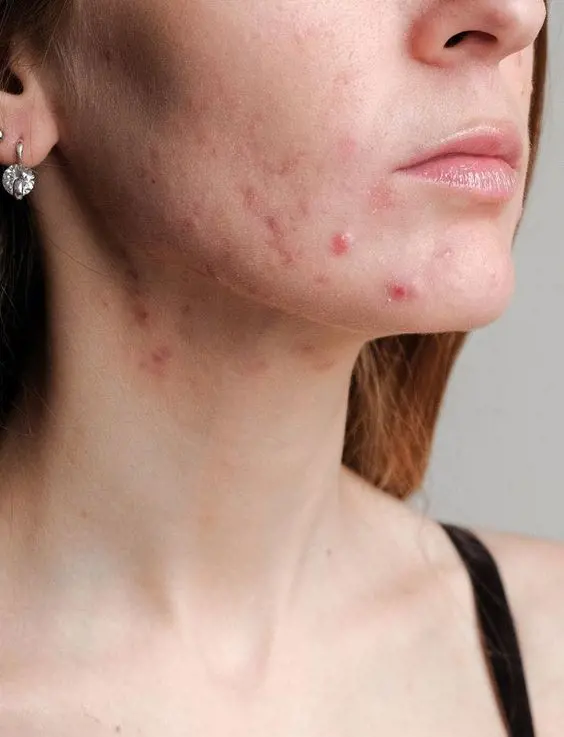
A common occurance during puberty, pregnancy, and menopause, hormonal acne is caused by the fluctuations in hormone levels, particularly an increase in androgens such as testosterone. These fluctuations leads to excess oil production and clogged pores, resulting in acne breakouts.
Additionally, stress, poor skincare routine, diet, and genetics can play a factor in contributing to the development of acne in these areas.
How To Control Hormonal Acne You Ask??
To balance the situation you have to start by maintain a consistent skincare routine using gentle cleansers and non-comedogenic products while incorporate a healthy diet with low-glycemic foods and limit dairy and sugar intake.
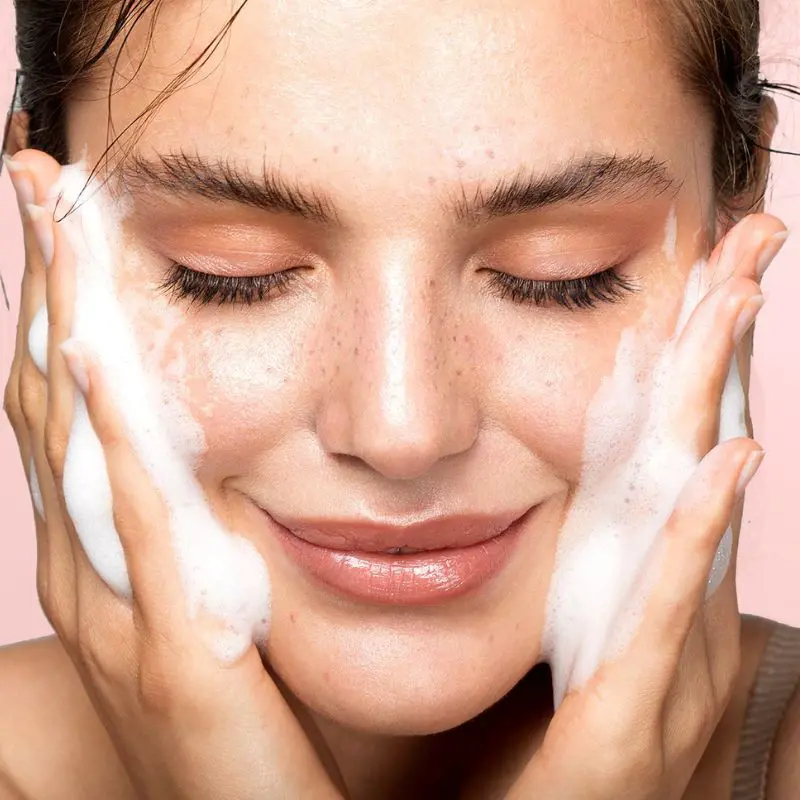
But if your condition is severe, it is best to use over the counter treatments. For additonal guidance, consult a dermatologist for potential treatment options which includes topical retinoids, antibiotics, and hormonal therapies such as oral contraceptives or spironolactone.
How To Treat Hormonal Acne?
Eliminating the zits can be challenging but there are a few treatment options available that can manage to reduce its severity. Therefore, here are some approaches you can consider:
- Cleanse your face daily and void harsh scrubbing, as it can worsen acne.
- Use oil-free and non-comedogenic moisturizers and sunscreen.
- Opt for over-the-counter acne treatments containing ingredients like benzoyl peroxide or salicylic acid as these can help unclog pores, reduce inflammation, and kill bacteria.
- Avoid picking or popping acne lesion to stay away from scarring, inflammation, and the spread.
4. T Zone Acne
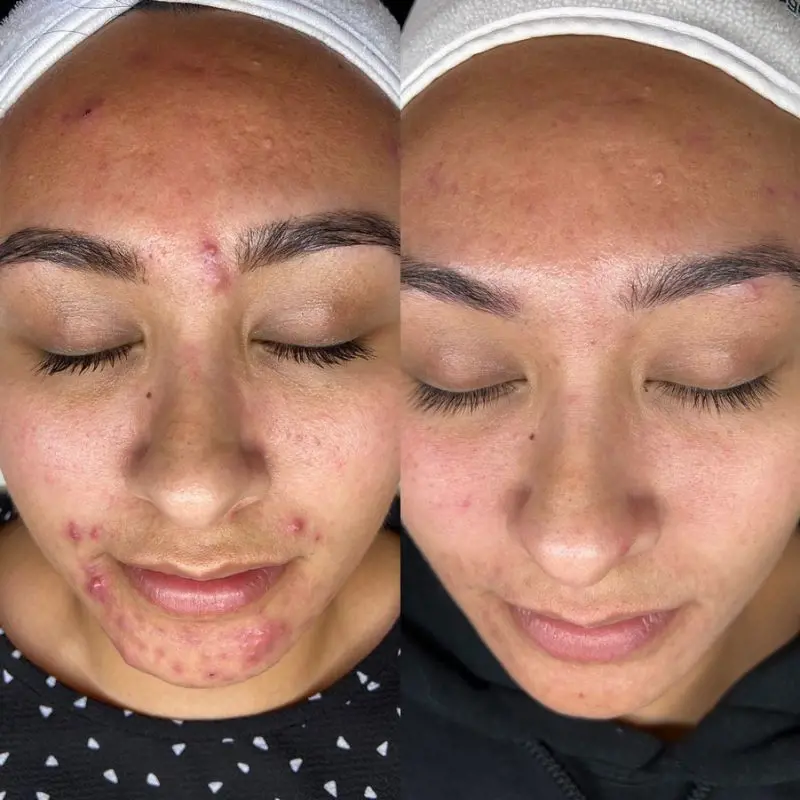
T-zone also known as the T-shaped area of the face, which includes the forehead, nose, and chin. This term is commonly used in skincare and dermatology to describe a specific pattern.
This area is particularly prone to acne because it has a higher density of oil glands compared to other areas of the face. These oil glands produce sebum, an oily substance that helps keep the skin moisturized. However, excessive sebum production can lead to clogged pores and the formation of acne.
It typically manifests as blackheads, whiteheads, pimples, or cyst.
The main causes of T-zone acne are:
- Hormonal fluctuations during puberty, menstruation, or pregnancy
- Certain medical conditions that increases sebum production.
- Poor skincare routine and hygiene.
- Consuming a diet high in refined carbohydrates, sugars, and dairy products.
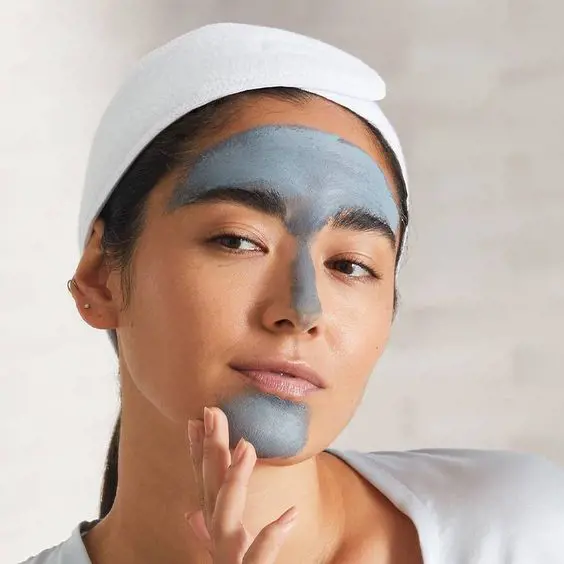
Best Acne Treatment
To treat acne in the T-zone of the face you have to maintain a good skin care routine that incorporates a gentle cleanser, oil-free moisturizer and weekly exfoliation to remove the dead skin. You can also apply a spot treatment containing benzoyl peroxide or salicylic acid directly on the affected areas.
